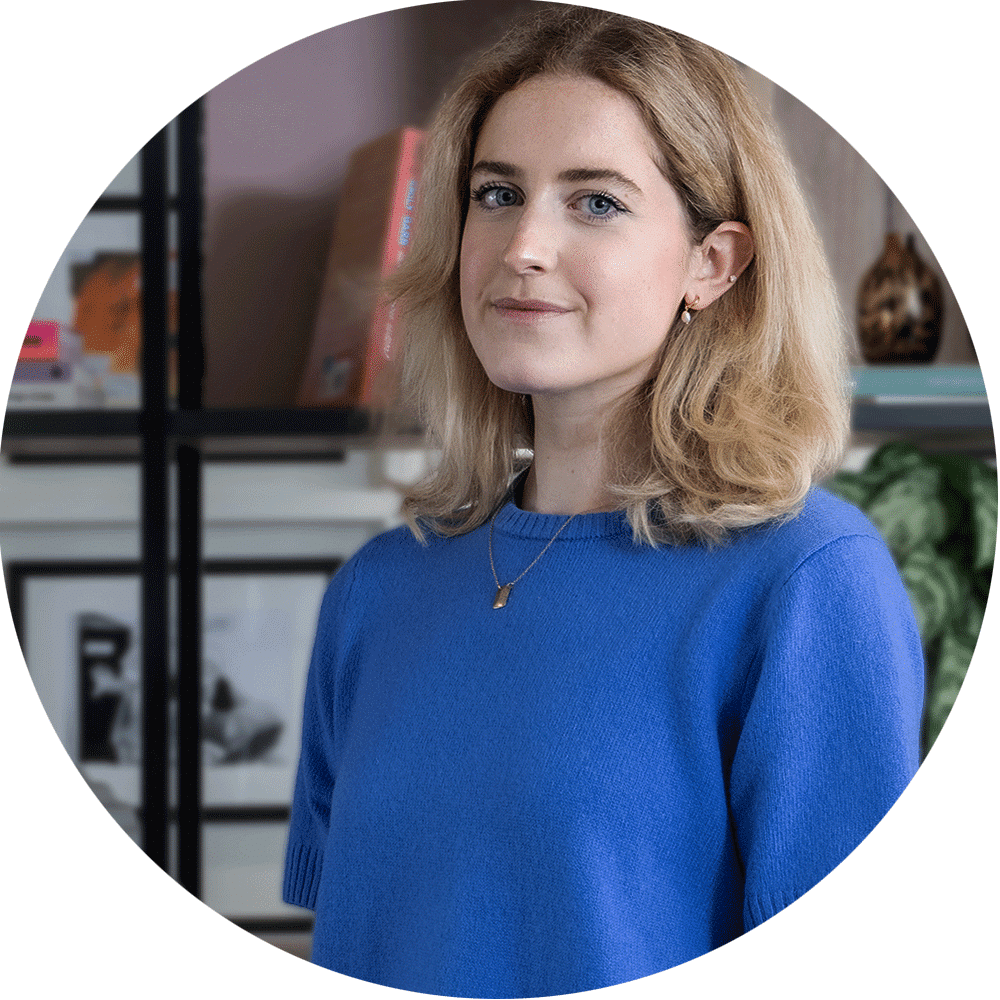From editors to algorithms: the new gatekeepers of public opinion

Isabella Caron
Account Executive
4 November 2025
‘BBC risks exodus as older viewers flock to YouTube’. ‘Piers Morgan warns rise of YouTube is a ‘wake-up moment’ for traditional media’.
These headlines signal an indisputable transformation of media consumption.
A study recently published by Ofcom has taken the communications and media ecosystem by storm. The study reveals that people spent 4% less time watching broadcast TV in 2024 than the previous year, with average viewing time dropping to 2 hours 24 minutes a day. Simultaneously, YouTube has now overtaken ITV to become the UK’s second-most-watched media service, after the BBC. YouTube owns 14% of total viewing share, which represents a dramatic shift in the media landscape. Contrary to what you may think, viewership is not just Gen Alphas and Gen Zs, but also those over 55, with 42% of that cohort watching the platform on their TV, rather than a laptop or phone.
The rise of YouTube is not a surprising phenomenon. The world has been captivated by it for 20 years – young and old alike. It was the first of its kind. With nearly three billion users worldwide and over 80% of three- to 17-year-olds using the platform, it stands as an undisputed leader in content creation and consumption. But what is it that draws audiences back day after day – in the case of 16- to 24-year-olds, for an average of an hour and a half daily? And is it the quality, or the virality of the content, that lies at the heart of its success?
I would argue it is both. Quick-fire viewing can be found in other apps – most notably TikTok, so YouTube’s superpower really lies in the devotion of its users. It has fostered para-social relationships, survived the age of TikTok, and earnt the trust of entire generations over traditional journalism. It is undeniably powerful.
Unlike the tightly controlled and editorially curated flow of information found in traditional publications and broadcast television, YouTube represents a radically decentralised and unpredictable model of news distribution. Where newspapers and TV networks adhere to regulatory frameworks, fact-checking standards and editorial oversight, YouTube’s ecosystem is governed by algorithms rather than editors. Content gains traction not through journalistic merit but through engagement metrics – clicks, shares, and watch time. This makes the platform both democratic and volatile: anyone can publish, but no one can control what resonates or how narratives evolve once they enter the digital current.
Music videos, gaming streams, and lifestyle vlogs continue to dominate global viewing hours, while commentary, explainer videos, and reaction content attract audiences seeking conversation and relatability rather than formality. From the niche to the mainstream, audiences want shareable storytelling that both resonates personally, feels participatory and is immediate – which can blur the lines of true and false.
This shift mirrors a deeper transformation in modern media and communication. For decades, public relations professionals have built strategies around established media hierarchies – nurturing relationships with editors and journalists who shaped public narratives. This structure is the foundation of our industry. Today, however, influence is no longer concentrated in newsrooms but dispersed across thousands of individual commentators and content creators who reach audiences directly. We are now operating within a fragmented, fast-moving ecosystem where narratives form in real time, and authenticity often trumps authority. This decentralisation of influence demands a complete rethinking of how stories are told and controlled.
So how does this implicate corporate storytelling? We know that consumer audiences are far more likely to come across advertising on YouTube, whether paid or through creatively placed mention in a ’10 best places to live’ video, for example. But is there a place for YouTube in reputation management strategy, or corporate profiling briefs? And can we encourage stakeholders to make the move?
The answer should be yes as the opportunity is significant. There is now space for businesses to become the storytellers themselves, creating content that is journalistically sound but delivered with the accessibility and that YouTube audiences expect. As an agency for the built environment, we can help clients in property, planning, and infrastructure to build trust through openness in a style not quite permitted in traditional journalism. For example, corporate profiling could evolve to taking the form of creative explainers, interviews, and mini-documentaries that humanise projects and engage with communities directly. We saw this opportunity seized only last week. The Louvre was robbed using a lift from German company Böcker. A few days later, Böcker rolled out a witty, well-produced campaign that made its product the centre of a story that took the world by storm, tying engineering prowess to cultural relevance. Böcker has demonstrated here how corporate storytelling can capture global attention through unexpected, yet genius means.
Though the transition could be daunting while we continue to protect and maintain business reputations for stakeholders, the leap may be worth taking. Creativity and forward-thinking is seldom punished.